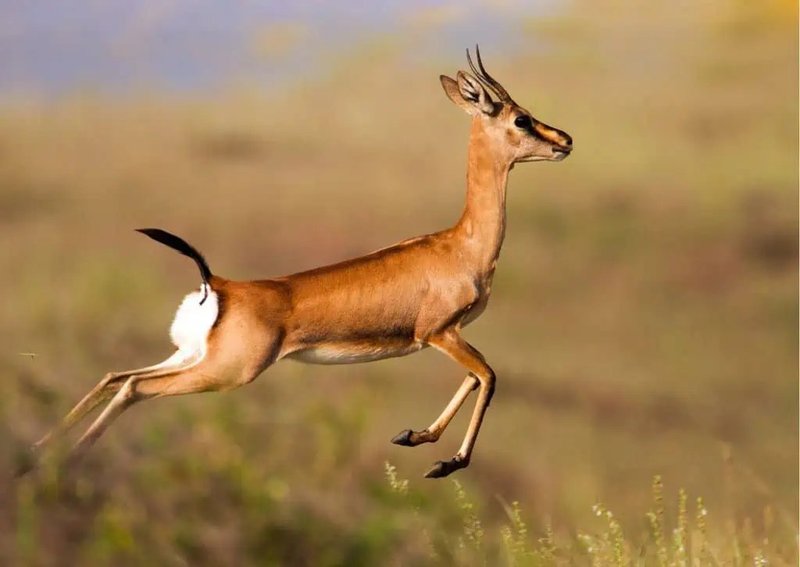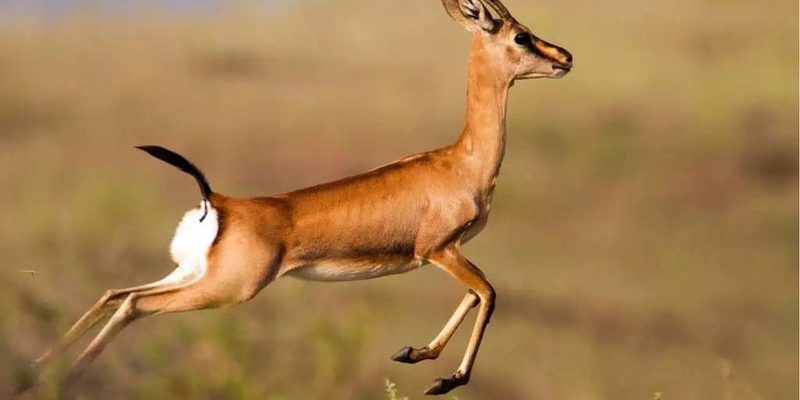
Imagine gazelles as the sprinters of the animal kingdom, constantly on the move not only to escape predators but also to find food and social connections. They have lived through countless encounters that shape their instincts and behaviors. And even though they aren’t sitting at the desk doing advanced math or solving complex puzzles, gazelles exhibit a type of intelligence that’s pretty remarkable when you think about it.
The Gazelle’s World: An Overview
Before diving into their cognitive skills, let’s set the scene. Gazelles mostly inhabit the grasslands and savannas of Africa and parts of Asia. They thrive in open spaces where they can run swiftly, using speed and agility to escape from predators like lions and cheetahs. But living in such environments also requires them to be *intelligent.* Gazelles have to be keenly aware of their surroundings and make quick decisions to avoid danger.
Consider how their social structure plays a role in their intelligence. Gazelles often form herds, which helps them stay safe. Being in a group means they can look out for each other, and they rely on seeing more eyes scanning for threats. This shows that they not only have individual intelligence but also social intelligence—working together to survive in a tough world.
Cognitive Abilities: The Brain Behind the Beauty
You might be surprised to know that gazelles possess impressive cognitive skills. They are known for their memory, which is essential for survival. Imagine having to remember where the best grazing pastures are or the safest places to hide. Gazelles can recall previous locations and assess which routes are the safest, which is a clear sign of intelligence.
Moreover, when danger is nearby, gazelles exhibit an instinctual *fight or flight* response, but it’s not just about running. They often communicate through body language and vocalizations, alerting others in the herd of potential threats. This communication strategy demonstrates a level of intelligence that goes beyond mere instinct.
Learning Through Experience: Adaptability in Gazelles
Here’s the thing: gazelles are adaptable creatures. Their intelligence shines through when they encounter new environments or challenges. For instance, if a gazelle finds itself in a situation that poses a threat, it learns from that experience. This adaptability is crucial for their survival, allowing them to adjust their behaviors based on what they have learned.
Have you ever watched an animal interact with its environment and noted how quickly they adjust? Gazelles do the same. If one gazelle discovers that a particular spot is dangerous, it will likely avoid that area in the future—and that knowledge can spread throughout the herd. This collective learning demonstrates their ability to adapt alongside their social structure, further showcasing their intelligence.
Social Interaction: Communication and Group Dynamics
Gazelles are not lone wolves; they thrive in groups and manage complex social interactions. They communicate not just through vocal sounds but also with body movements. A slight twitch of the tail or a certain posture can send messages to others in the herd. This type of communication highlights their ability to understand and respond to social cues, reflecting a level of intelligence shaped by their environment.
Additionally, within the group, gazelles often engage in grooming one another. This behavior strengthens social bonds and shows they understand the importance of relationships in their lives. You might be wondering if this behavior is purely instinctual or if there’s something more profound at play. The answer is likely a mix of both, demonstrating their cognitive complexity.
Decision-Making: The Art of Survival
One of the most critical aspects of gazelle intelligence is their decision-making skills. When faced with a predator, a gazelle must quickly analyze the situation. Should they run? Hide? Or even confront the threat? Each decision can mean the difference between life and death.
Studies have shown that gazelles often employ a tactic called *stotting*, where they leap high into the air when they sense danger. This behavior is not just showing off; it signals to predators that they are fit and agile, making them less appealing targets. You can easily see how this requires a solid understanding of their own capabilities and a keen sense of the environment around them.
The Role of Instinct vs. Intelligence
It’s essential to recognize the blend of instinct and intelligence in gazelles. Many behaviors—like fleeing from predators or choosing grazing spots—are instinctual, honed by evolution over countless generations. But it’s their ability to learn from their experiences that adds depth to their intelligence.
Think of it like this: while instinct is a great guide, intelligence allows gazelles to adapt and thrive in ever-changing environments. They can adjust their behaviors based on previous encounters or changes in their surroundings. This combination is what makes gazelles such successful survivors in the wild.
So, how smart is a gazelle? The answer is not straightforward, but it’s clear that gazelles are not just about speed—they’re intelligent, adaptable, and socially aware animals. Their cognitive abilities allow them to navigate a world filled with predators and obstacles, proving their worth as not only elegant creatures but also as strategic thinkers in their daily lives.
Understanding the intelligence of gazelles gives us a deeper appreciation for them and the wild. They remind us that intelligence can take many forms, and survival often hinges on a mix of instinct and learning. The next time you see a gazelle gracefully bounding across the landscape, remember there’s a lot more going on in that beautiful head than meets the eye.

